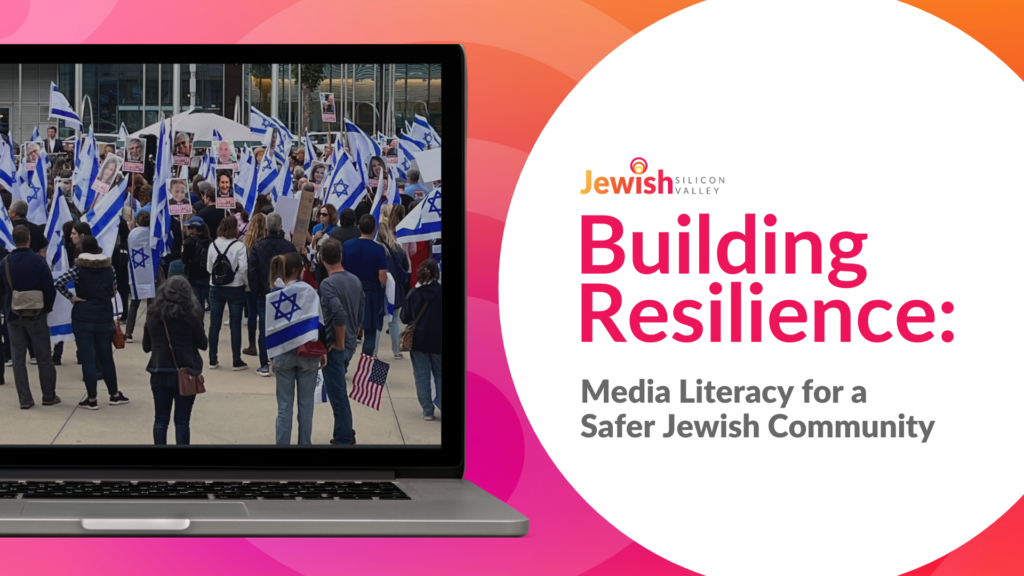Building Resilience: Media Literacy for a Safer Jewish Community
On November 6, we had a wonderful conversation with our experts Anthony Eastin and Assaf Kipnis and came away with a clear understanding that as we navigate the online world, we should Pause, Verify, Be Thoughtful, and Move On.
Visit HERE to watch the full event.
Pause, Verify, Be Thoughtful, and Move On

Take a few minutes to evaluate the source and corroborate facts before engaging.
Don’t fall victim to “rage baiting”.
Is this Misinformation or Disinformation?
Misinformation is information that is spread without the intent to cause harm. Disinformation is deliberate false or misleading information that is spread to achieve a specific desired behavior.
Remember your ethics and values when emotions run high online.

Is the information coming from a trusted source?
A trusted source can be characterized by being free from bias and backed by evidence. They are typically authored by credible organizations/individuals. For you to determine a source’s credibility one should take the following into account:
- Author – Does the author have a history of biases towards the information that they are presenting? Would the author have anything to gain from providing misleading information?
- Publisher – Nowadays, most authors publish through a website to reach their audience. Oftentimes, these sites are catered to a specific target audience thus creating an information echo chamber. When reading an article online one should pay close attention to where this information is being published to understand if that publisher may be biased on the information being pushed.
- Publication Date – It’s easy for people to forget that unless you have a firsthand account of something that recently occurred that information fog of war is very common. You might have seen a video on Twitter or Reddit about something that you think might have just happened. It’s in our nature to want to share information as quickly as possible to as many people as possible but by doing so it’s easier for us to be a victim of the information fog of war. We might not know the full context of what the video is and when it could’ve happened.
What trusted sources can I use?
Some of the trusted sources include government websites (oftentimes ending in .gov, .edu), Science.gov, the National Bureau of Economic Research, the US Census Bureau, UK Office for National Statistics, and reputable news outlets that do not write in absolute or in an opinionated manner. Other trustworthy sources encompass fact-checking websites like Media Bias/Fact Check, Politifact, and Open Secrets. Keep in mind that even those sources should be fact-checked across other sources to ensure that the information is thorough.

Don’t react instantly or spread unverified information. Check the source and corroborating information from trustworthy outlets. If claims seem dubious, avoid sharing or commenting until they can be verified. Correct misinformation calmly by sharing facts from trusted sources. Don’t be afraid to report inaccurate information if you have substantial proof that the information they are sharing is not accurate.
Correct misinformation calmly. If responding to clear misinformation, point to facts and trusted sources, but avoid hostile arguments. Don’t spread false claims while trying to debunk them.
Share thoughtfully. Just because you can share something doesn’t mean you should. Consider if it constructively contributes to the discussion.
Consider privacy. Be careful about sharing personal or identifying details about yourself or others online. Keep the conversation productive and protected.

If you engage with posts you disagree with, make it simple – ask for a source – and move on.





